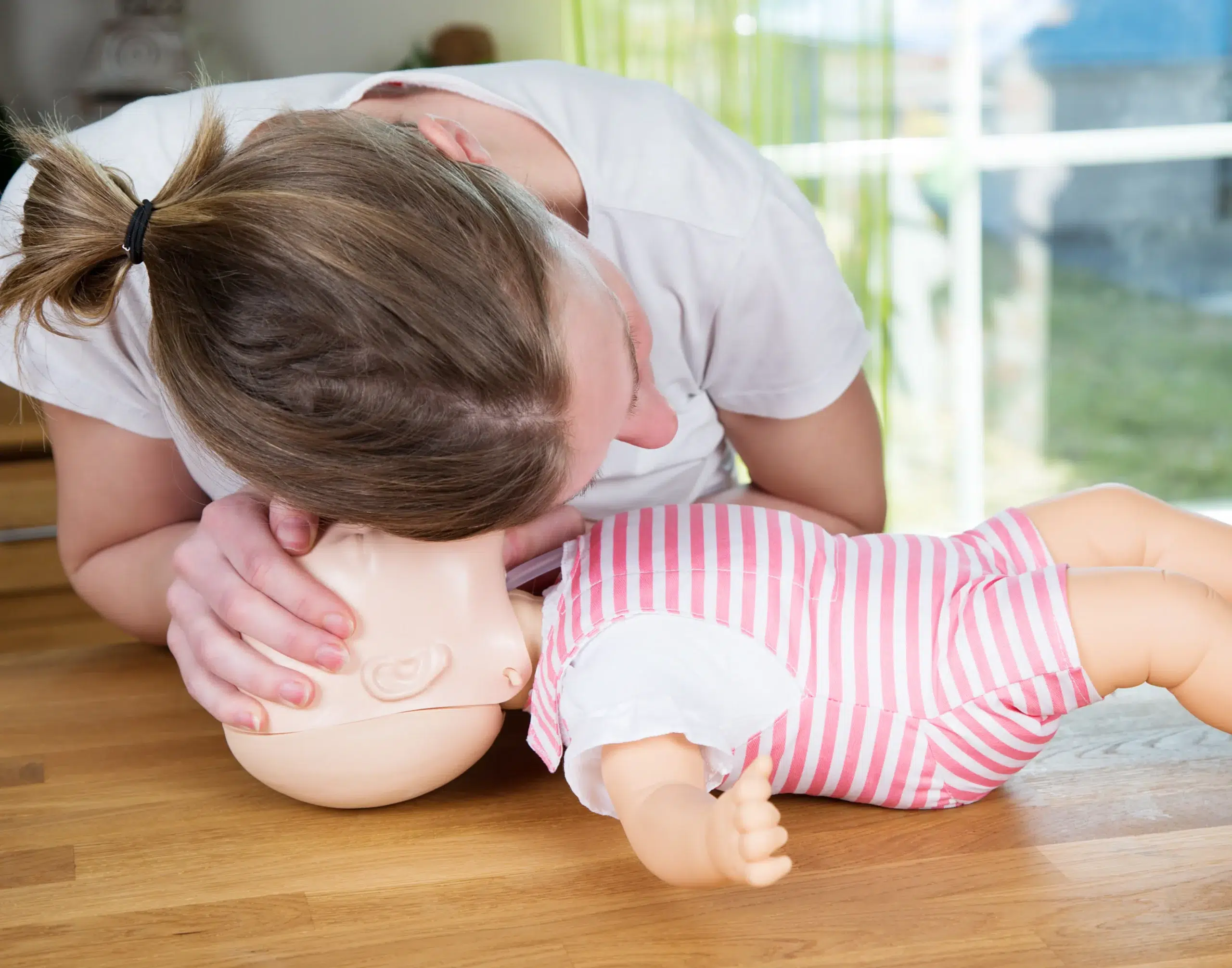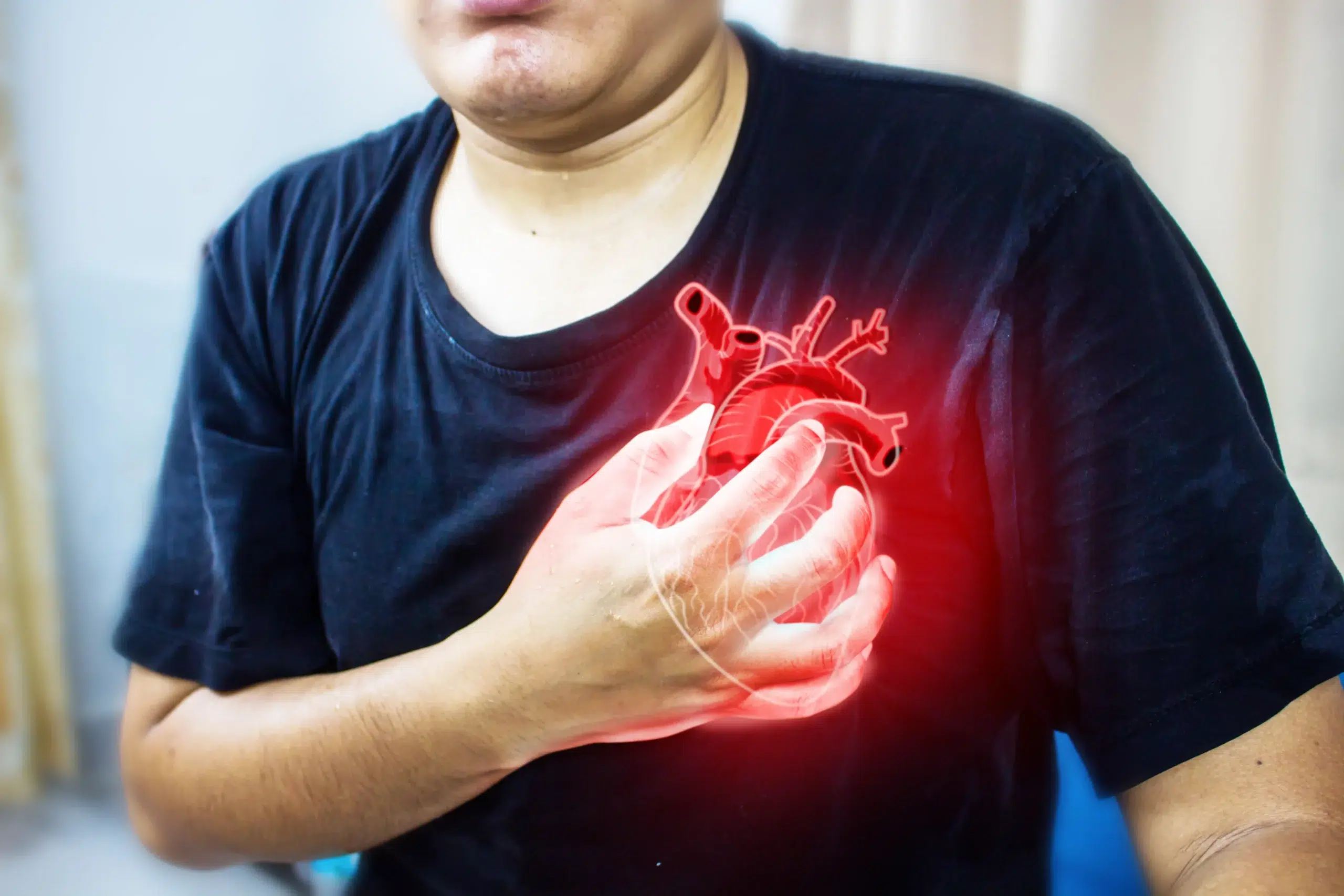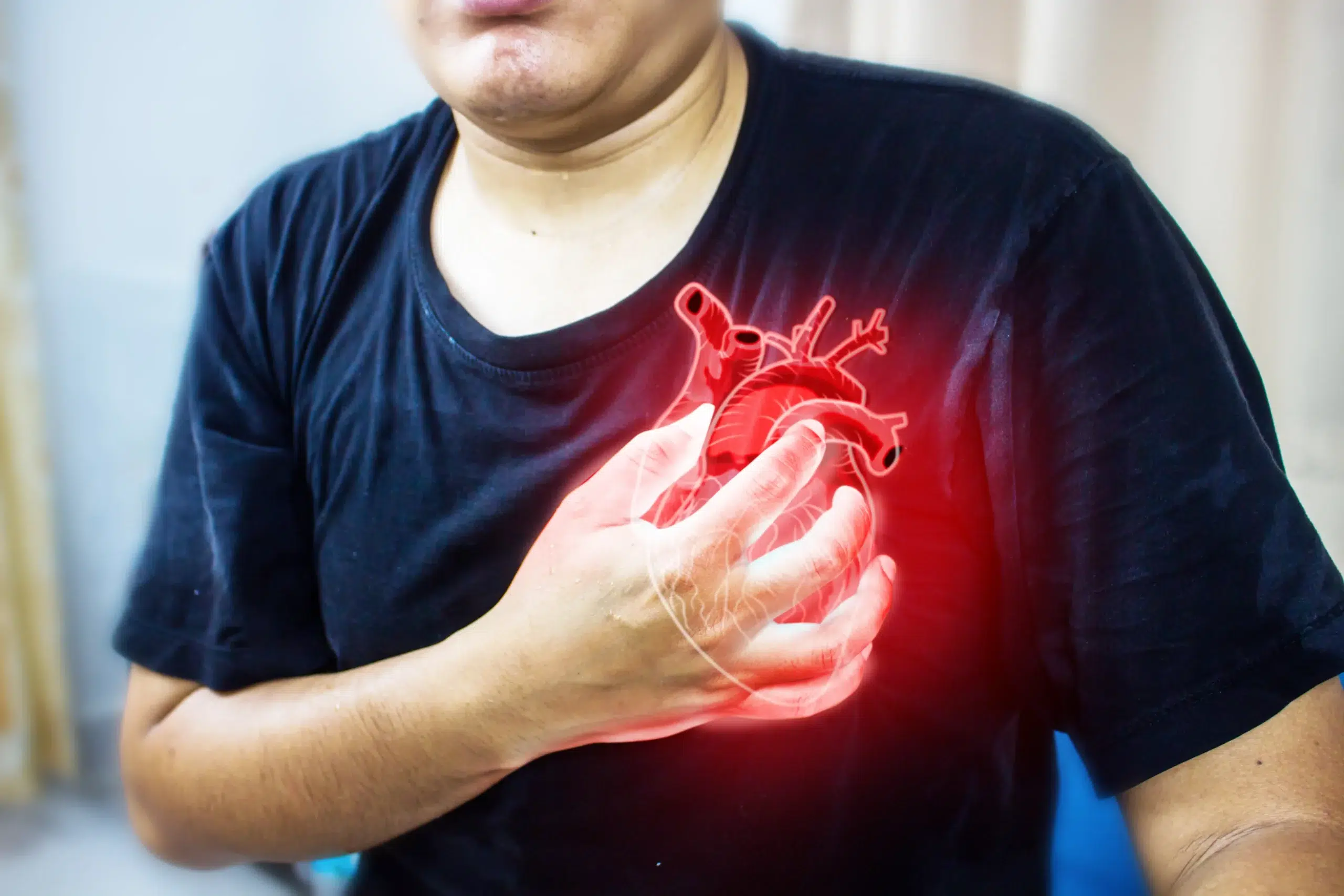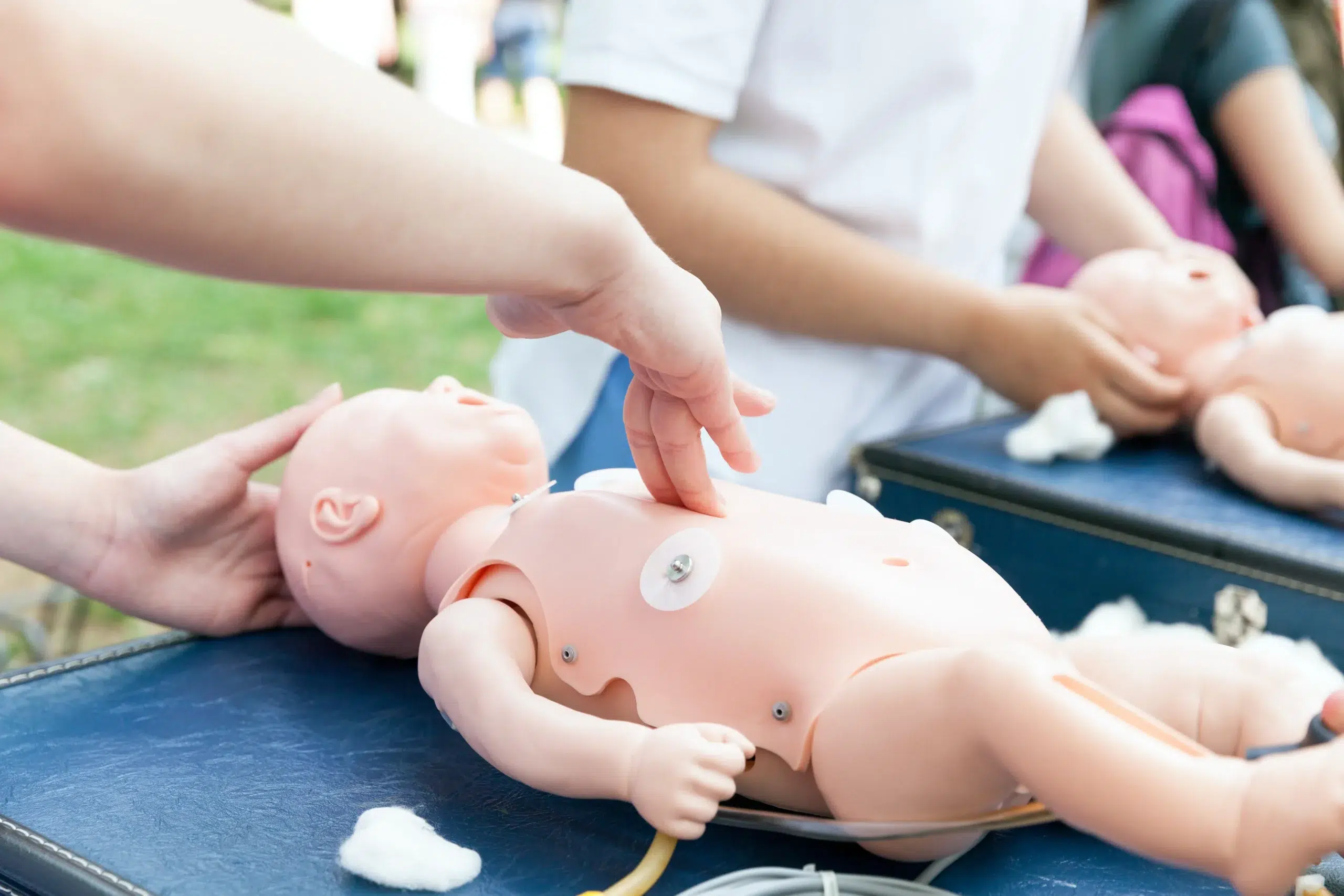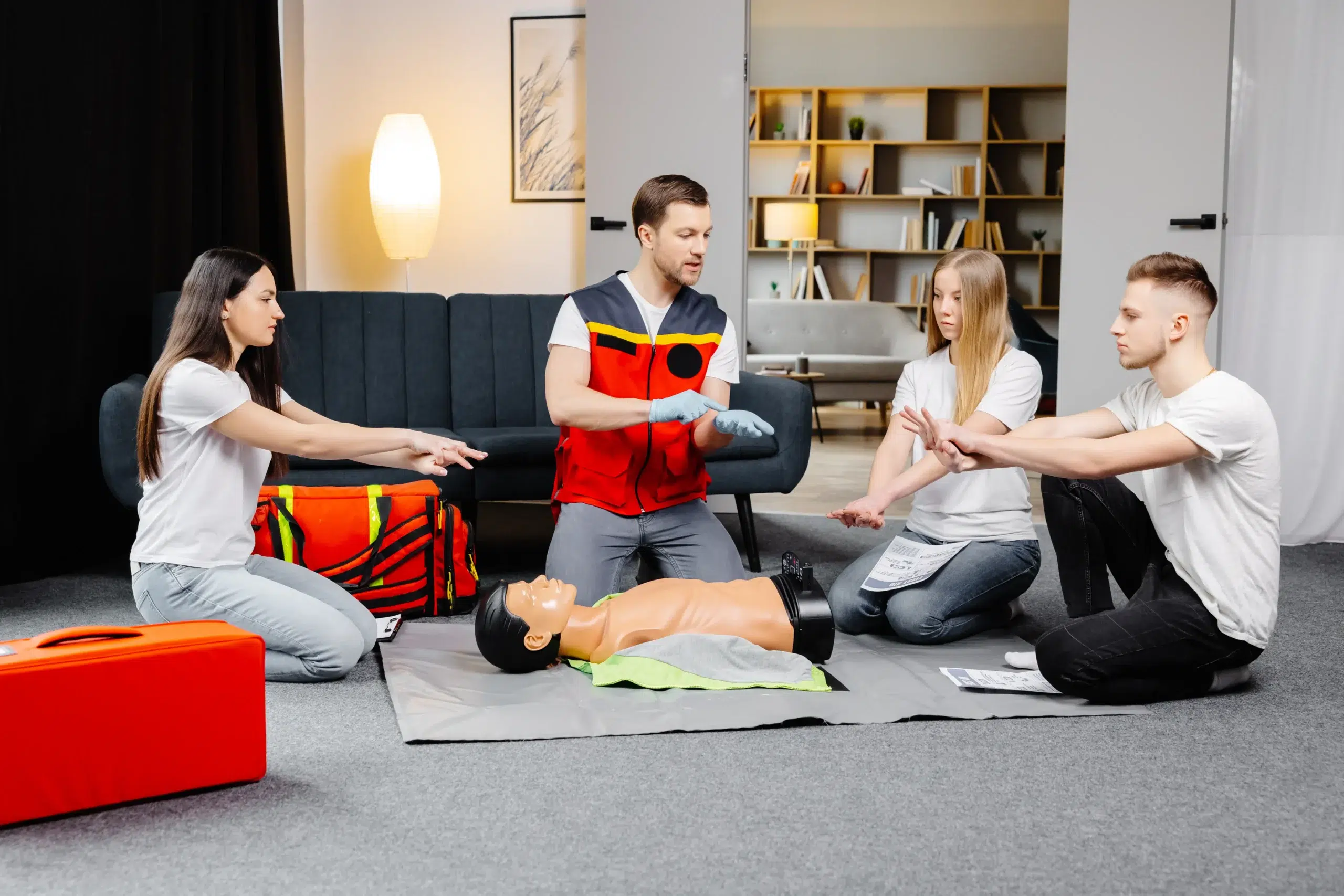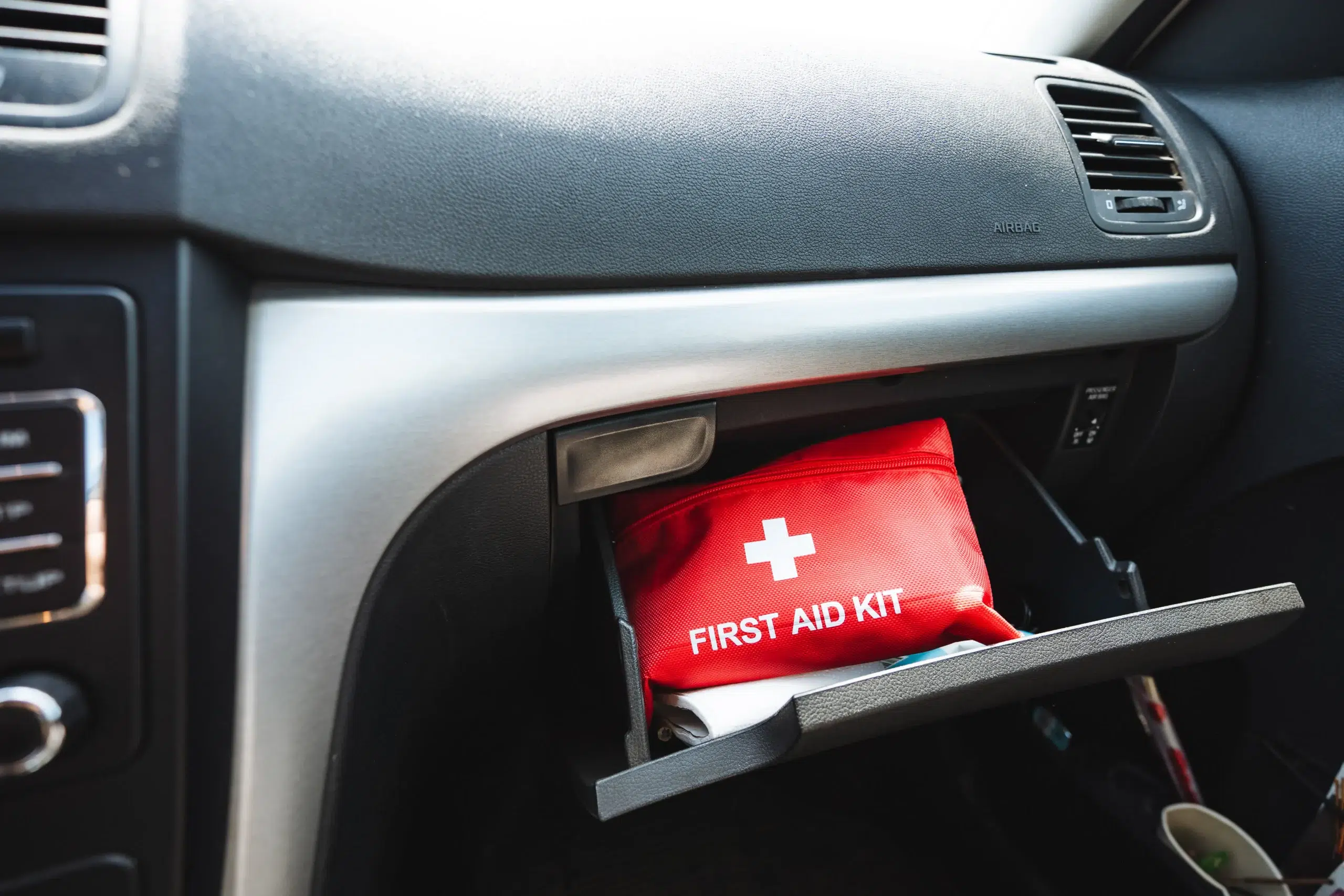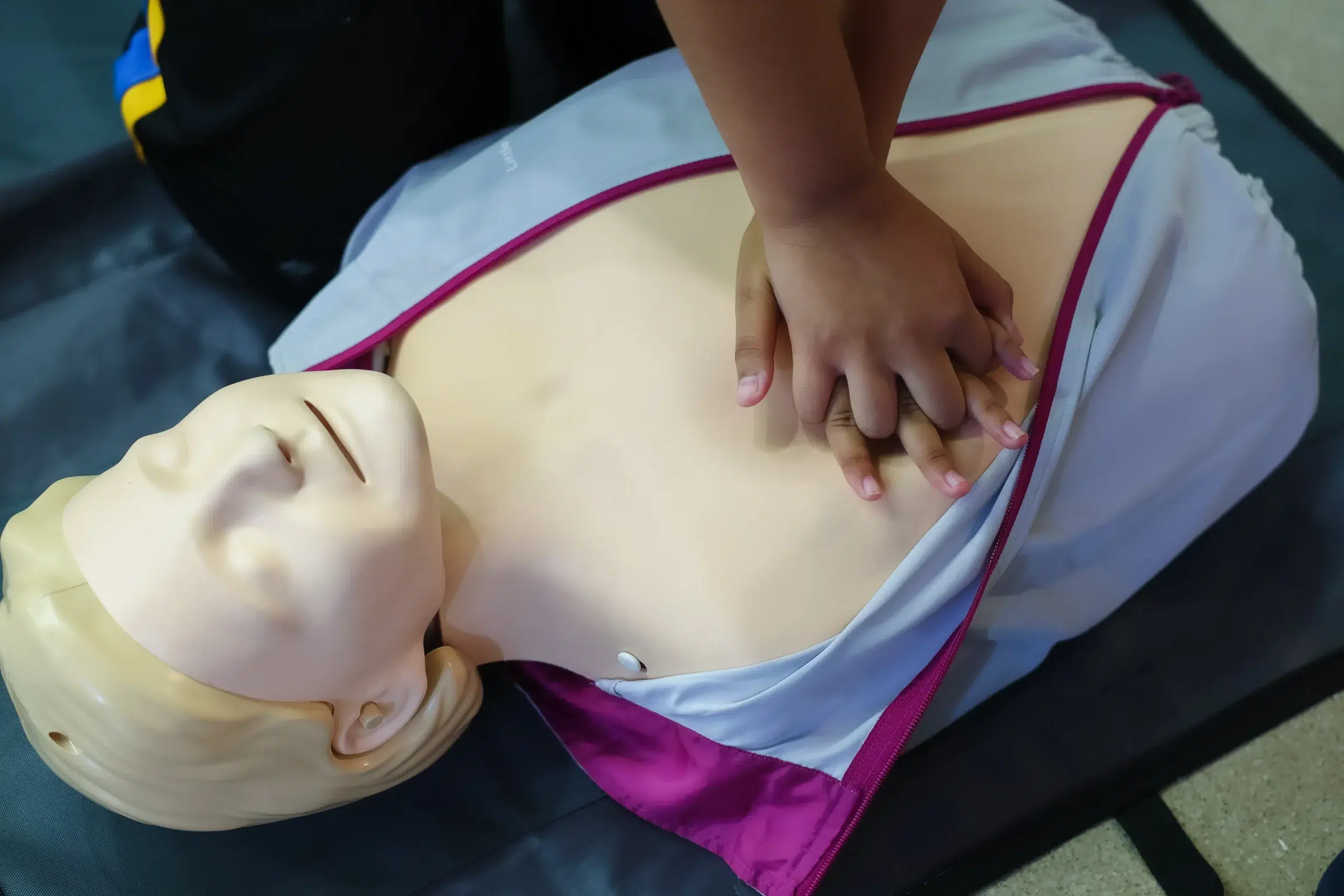Did you know that even though Roseville isn’t directly on the San Andreas Fault, we’re still at risk from earthquakes? Earthquake preparedness in Roseville is something we should all take seriously. This post breaks down the steps you can take to protect yourself, your family, and your home. We’ll cover building an emergency kit, creating a family communication plan, securing your home, and accessing local resources. Let’s face the unexpected with confidence.
Key Takeaways
- Earthquake preparedness is essential in Roseville: While major earthquakes are less frequent in Roseville, understanding the local geology and nearby fault lines emphasizes the importance of proactive planning. Create a family emergency plan, build a well-stocked emergency kit, and secure your home to minimize potential damage and ensure your safety.
- Stay informed and connected during a seismic event: Sign up for local alert services such as Roseville Alert and Placer Alert to receive real-time updates and instructions. Identify reliable information sources like the City of Roseville’s official channels to stay informed about potential hazards and recommended actions.
- Community engagement strengthens earthquake resilience: Connect with local emergency services and explore community training programs like CERT. These resources provide valuable skills, support networks, and a deeper understanding of earthquake preparedness, enhancing your ability to respond effectively during a seismic event.
What is Earthquake Risk in Roseville?
While Roseville may not sit directly on the San Andreas Fault, understanding the local geology and seismic history is crucial for effective earthquake preparedness. Let’s explore the potential risks and separate fact from fiction.
Roseville’s Seismic History and Geology
Roseville, nestled in the Sacramento Valley, isn’t immune to the effects of earthquakes. While major earthquakes are less frequent here, nearby faults still present a potential risk. The 1892 Dixon earthquake, estimated at a 6.5 magnitude, illustrates the historical seismic activity in the region. More recently, tremors from the 2014 Napa earthquake (a 6.0 magnitude quake) were felt throughout Sacramento, reminding us of the interconnectedness of fault lines. Even smaller earthquake swarms, like the recent activity near San Ramon, underscore the ever-present potential for seismic activity in our area. It’s important to remember that the earth’s crust is constantly shifting, and while we can’t predict exactly when or where an earthquake will strike, understanding our region’s seismic history helps us prepare.
Common Earthquake Myths
Many misconceptions about earthquakes persist, often hindering proper preparedness. The California Governor’s Office of Emergency Services (Cal OES) actively works to dispel these myths and promote accurate information. One persistent myth is that doorways are the safest place during an earthquake. Current safety guidelines recommend the “drop, cover, and hold on” method as the most effective way to protect yourself. Another common misconception is that earthquakes are predictable. While scientists can identify areas at higher risk, accurately predicting the precise time and location of an earthquake remains impossible. Separating fact from fiction about earthquakes empowers you to create a realistic safety plan for your family.
Prepare for an Earthquake
While we can’t predict earthquakes, preparation empowers us to face them with greater confidence. These steps can make a real difference in your safety and well-being when an earthquake strikes.
Build Your Emergency Kit
A well-stocked emergency kit is your lifeline in the aftermath of an earthquake. Think of it as a mini-survival kit, designed to get you through the first few critical hours or even days. Include enough bottled water for each person and pet in your household, aiming for a gallon per person per day. Pack non-perishable foods, a first-aid kit, a flashlight, and extra batteries. Don’t forget a hand-crank or battery-powered radio to stay updated on emergency broadcasts. The City of Roseville recommends having enough supplies to last 12-24 hours. Keep your kit easily accessible, perhaps in a designated area of your home or in your car.
Gather Tools and Communication Devices
Beyond the basics, consider adding tools and communication devices to enhance your preparedness. A whistle can help you signal for help if trapped, while a multi-tool or a basic wrench set can be invaluable for shutting off utilities. Pack a portable charger for your cell phone, and consider a backup battery pack. As suggested by USA Today, remember to rotate out any food or water in your kit regularly to ensure it stays fresh. Mark expiration dates on your checklist so you don’t forget. Include a gallon of water per household resident, and consider packing water purification tablets as well.
Create a Family Earthquake Plan
Having a plan is just as important as having supplies. Sit down with your family and create a communication strategy. Designate an out-of-state contact who can serve as a central point of communication if local networks are down. Identify safe spots in each room of your house, like under sturdy furniture or away from windows. Practice earthquake drills regularly, so everyone knows what to do when the shaking starts. The California Care Association offers resources to help you create a comprehensive family emergency plan. Knowing what to do can significantly reduce panic and improve your ability to react effectively during an earthquake.
Stay Informed About Earthquakes
Knowing what to expect before, during, and after an earthquake is crucial for your safety. Staying informed about potential earthquake activity and emergency updates can make all the difference in your preparedness.
Use Local Alert Services
Sign up for Roseville Alert and Placer Alert to receive timely information. These free services deliver real-time emergency notifications, including earthquake alerts, directly to your phone or email. This way, you’ll receive critical updates and can take appropriate safety measures.
Find Real-Time Updates
During an emergency, access to reliable information is essential. The City of Roseville provides real-time updates through its official channels. Check the city’s website and social media platforms for the latest information. For additional guidance on creating a comprehensive emergency plan, explore resources like the Placer County Office of Emergency Services, the California Office of Emergency Services, or Ready.gov. These websites offer valuable insights into staying informed and preparing for various emergency situations.
What To Do During an Earthquake
When an earthquake hits, your instincts might tell you to run. However, the safest course of action is to stay put and protect yourself from falling debris. Here’s what to do:
Practice “Drop, Cover, and Hold On”
The most effective way to protect yourself during an earthquake is to drop, cover, and hold on. Drop down onto your hands and knees. This position protects you from being knocked over and allows you to crawl to shelter if necessary. Next, cover your head and neck with your arms and hands. If a sturdy table or desk is nearby, crawl underneath it for shelter. If no shelter is available, crawl next to an interior wall (away from windows) and cover your head and neck with your arms and hands. Finally, hold on to your shelter (or your head and neck) until the shaking stops. Practicing this technique regularly with your family will help make it second nature. For more information, visit FEMA’s website.
Stay Safe in Different Locations
The “Drop, Cover, and Hold On” method is your best bet in most situations, but your specific actions will depend on your location when the earthquake starts.
Indoors: If you’re inside, stay there. Get away from windows, mirrors, and anything that could fall and cause injury. If you’re in bed, stay put and protect your head with a pillow. If you can quickly and safely move under a sturdy piece of furniture, do so. For additional tips on staying safe indoors, check out earthquake safety guidelines.
Outdoors: If you’re outside, move to a clear area away from buildings, trees, power lines, and streetlights. Once in the open, drop, cover, and hold on.
In a vehicle: If you’re driving, pull over to a safe location away from overpasses, bridges, or anything that could collapse. Stay in your car with your seatbelt fastened until the shaking stops. Avoid stopping under or near buildings, trees, and power lines. Learn more about earthquake safety while driving. Once the shaking stops, proceed with caution, watching out for road damage and downed power lines.
Earthquake-Proof Your Home
Protecting your family and belongings starts with preparing your home for an earthquake. While we can’t predict when an earthquake will strike, we can take steps to minimize damage and create a safer environment.
Secure Furniture and Identify Safe Spots
Start by identifying safe spots in each room. These are areas where you can drop, cover, and hold on during an earthquake, away from falling objects. Good options include spaces under sturdy tables or desks. Practice getting to these safe spots quickly with your family.
Next, secure heavy furniture that could topple during shaking. This includes bookshelves, dressers, and appliances. Use flexible straps or brackets to anchor these items to the wall. Consider professional help for larger or more complex items. In a significant emergency, you’ll want access to items that can help sustain you for at least 12-24 hours, so make sure your emergency kit is readily accessible. For more information on emergency preparedness, visit the City of Roseville website.
Consider Home Retrofitting
While major earthquakes might be unlikely, preparedness is crucial. Home retrofitting strengthens your home’s structure to better withstand seismic activity. This might involve reinforcing cripple walls, bracing chimneys, and securing your foundation. It’s a smart investment that can significantly reduce damage and protect your family. For additional information on developing an emergency plan and retrofitting your home, visit the Placer County Office of Emergency Services, the California Emergency Management Agency, or Ready.gov.
Find Community Resources and Training
Knowing how to react during an earthquake is critical, but connecting with local resources and participating in community training programs can significantly enhance your preparedness. These programs offer valuable insights, hands-on practice, and a sense of community support that can make all the difference in a real emergency.
Connect with Local Emergency Services
Roseville’s Emergency Preparedness Plan emphasizes connecting with local emergency services. The Placer County Office of Emergency Services offers resources and guidance for effective emergency planning, helping residents understand potential risks and develop personalized strategies. Knowing how to access these services before an earthquake strikes can save valuable time and ensure you receive timely assistance.
Join CERT and Neighborhood Preparedness Groups
Participating in community training programs is a great way to build your skills and connect with like-minded individuals. Roseville offers opportunities to join the Community Emergency Response Team (CERT) and other local preparedness groups. These programs focus on training residents to respond effectively during emergencies, covering topics like first aid, search and rescue, and disaster psychology. Joining one of these groups helps you gain practical skills and become part of a network of prepared individuals. You can find local events on sites like Eventbrite to connect with community groups.
Attend Earthquake Preparedness Workshops
Consider attending earthquake preparedness workshops to deepen your understanding of earthquake risks and best practices. These workshops provide practical guidance on assessing your risk, creating a family emergency plan, and building an effective emergency kit. They also offer a safe space to ask questions and learn from experts. By actively participating in these workshops, you’ll gain the confidence and knowledge to protect yourself and your loved ones during an earthquake. Organizations like the California Care Association sometimes offer earthquake preparedness training. Check with your local community center or government website for additional resources.
Stay Safe After an Earthquake
After an earthquake, your safety and well-being depend on quick, informed actions. While it’s natural to feel shaken up, having a plan can make all the difference. Here’s how to handle the critical moments following an earthquake:
Assess Damage and Hazards
Once the shaking stops, check yourself and those around you for injuries. If anyone needs immediate medical attention, administer first aid if you’re trained and call 911 as soon as possible. Next, carefully inspect your surroundings for damage. Look for gas leaks, downed power lines, and structural damage. If you smell gas or suspect a leak, leave the area immediately and contact the gas company. Avoid touching downed power lines and report them to the authorities. Be aware of potential aftershocks, which can cause further damage. Having a basic safety kit readily available can be invaluable. Include essentials like bottled water, a flashlight, batteries, a first-aid kit, and non-perishable food to help sustain you for at least 12–24 hours in a significant emergency, as advised by the City of Roseville. For additional tips on preparing for emergencies, visit the City of Roseville’s website.
Access Local Support
During a major earthquake, the City of Roseville activates its Emergency Operations Center (EOC), which becomes the central hub for communication and resource coordination. Stay tuned to local news and radio broadcasts for official updates and instructions. The EOC will provide critical information about evacuation orders, available shelters, and distribution points for essential supplies. For additional guidance on developing a comprehensive emergency plan, explore resources from the Placer County Office of Emergency Services, the California Emergency Management Agency, or Ready.gov. These resources offer valuable information on assessing your earthquake risk and creating a family emergency plan. You can also find helpful tips on building an emergency kit through these resources.
Build Long-Term Earthquake Resilience
Practice Ongoing Preparedness
Preparedness is crucial, even if major earthquakes feel unlikely. Don’t wait for a disaster to happen; get ready now. Regularly review and update your emergency plans and supplies. Refresh your emergency kit every six months to ensure food and water are still good, and medications haven’t expired. Regularly practicing your earthquake plan with your family, like “Drop, Cover, and Hold On,” builds muscle memory and makes your responses automatic during a real event. Staying informed is also key. Sign up for free emergency alerts through Roseville Alert and Placer Alert. Download earthquake and emergency apps from FEMA and the Red Cross for real-time information and safety tips. Having multiple ways to receive alerts can be life-saving if power or cell service is disrupted. Remember, ongoing preparedness is a continuous process.
Evaluate Earthquake Insurance
While preparedness helps minimize damage, consider the financial implications of a major earthquake. Effective preparedness and response save lives and reduce injuries, but they don’t eliminate all risks. Standard homeowners’ insurance often doesn’t cover earthquake damage. Earthquake insurance can protect you financially, covering repairs, rebuilding, and temporary housing. Given the significant yearly cost of natural disasters in the US, evaluating earthquake insurance is a smart step in protecting your financial future. Talk to your insurance provider to understand your options and coverage limits. It’s always better to be financially prepared for the unexpected.
Find More Resources
Contact Roseville’s Emergency Operations Center
For immediate assistance and information during an emergency, connect with the Roseville Emergency Operations Center (EOC). Activated during emergencies, the EOC coordinates resources and communication, acting as the central hub for managing emergency situations. The EOC ensures effective coordination by the Emergency Preparedness Manager. This resource is vital for staying informed and connected during an earthquake or other emergencies.
Use Online Earthquake Preparedness Tools
Several online resources can strengthen your earthquake preparedness. The Placer County Office of Emergency Services, California Emergency Management Agency (Cal OES), and Ready.gov offer extensive information on developing an emergency plan. These platforms provide guidance on assessing earthquake risks, creating family emergency plans, and building emergency kits, which are essential for ensuring safety during seismic events. You can also find helpful resources on the City of Roseville’s Emergency Preparedness page. Consider taking an earthquake preparedness training to deepen your understanding and response skills.
Related Articles
- First-Aid Training & Certification in Rocklin – Roseville CPR Classes
- CPR, BLS, ACLS, PALS, & First-aid Courses in Roseville, CA
- CPR Classes in Sacramento: Your Complete Guide – Roseville CPR Classes
- American Red Cross in Rocklin: How to Volunteer & Donate – Roseville CPR Classes
- EMSA Child Care Health & Safety – Roseville CPR Classes
Frequently Asked Questions
Is Roseville at risk for a major earthquake?
While Roseville isn’t directly on a major fault line like the San Andreas, nearby faults pose a real risk. Smaller earthquakes and tremors are common, and the region has experienced larger earthquakes in the past. Understanding this risk and preparing for it is crucial.
What’s the most important thing to do during an earthquake?
Remember “Drop, Cover, and Hold On.” Drop to your hands and knees, cover your head and neck, and hold on to sturdy furniture if possible until the shaking stops. This protects you from falling objects and increases your chances of staying safe.
What should I include in my emergency kit?
Your kit should have enough water (one gallon per person per day), non-perishable food, a first-aid kit, a flashlight, extra batteries, and a hand-crank or battery-powered radio. Consider adding tools, a whistle, and a portable charger for your phone.
How can I stay informed during an earthquake?
Sign up for local alert services like Roseville Alert and Placer Alert. These services send real-time emergency notifications to your phone or email. Also, check official city websites and social media for updates.
What steps can I take to make my home more earthquake-resistant?
Secure heavy furniture to the walls using straps or brackets to prevent tipping. Identify safe spots in each room, away from windows and potential falling objects. Consider home retrofitting to strengthen your home’s structure against earthquake damage.


